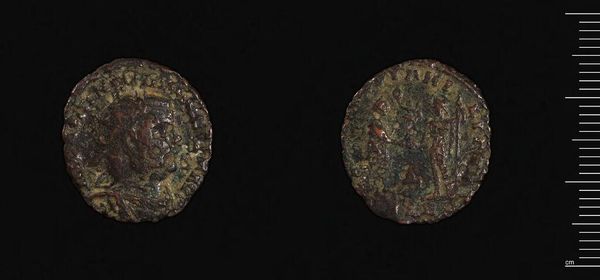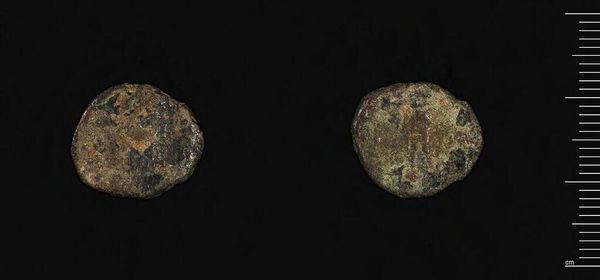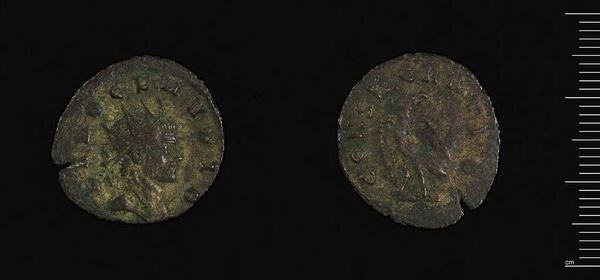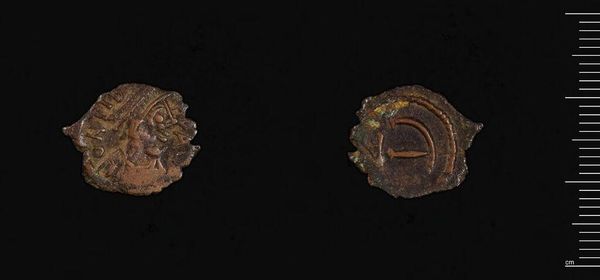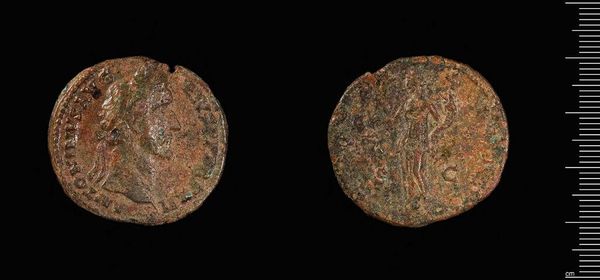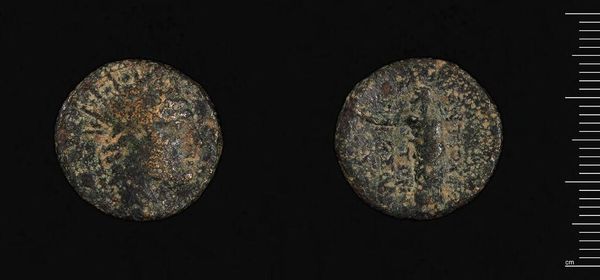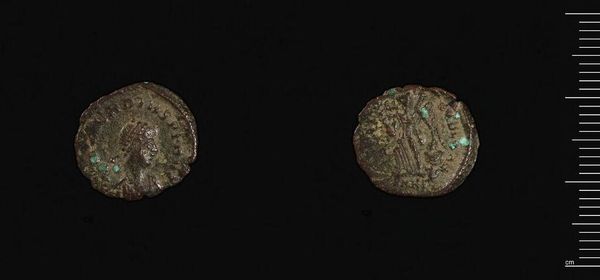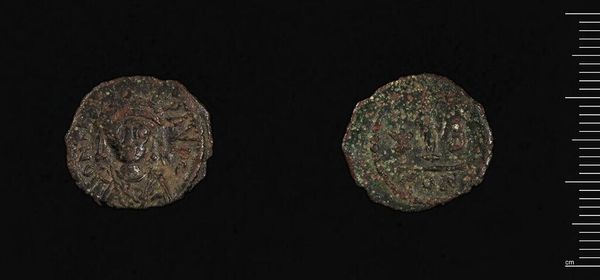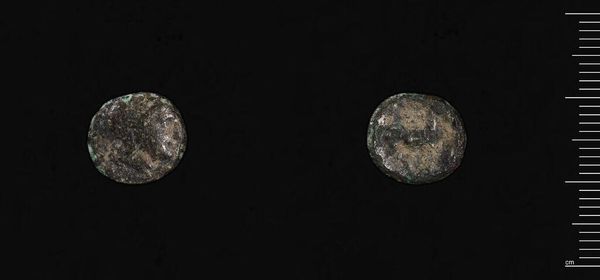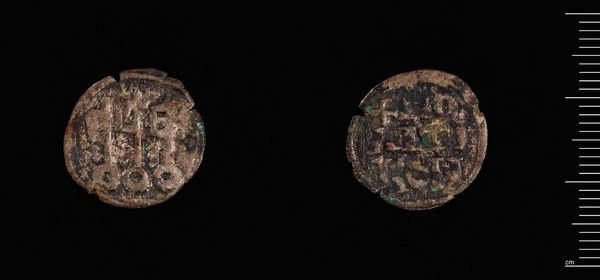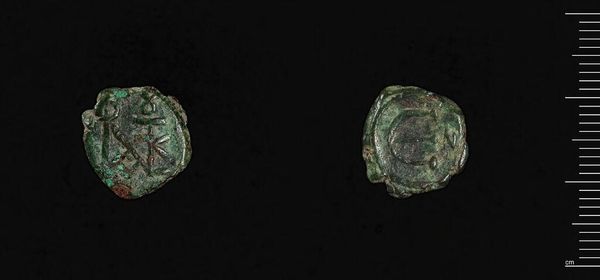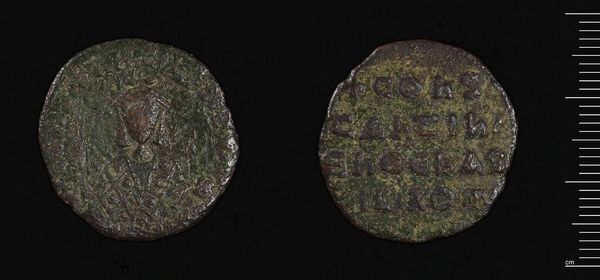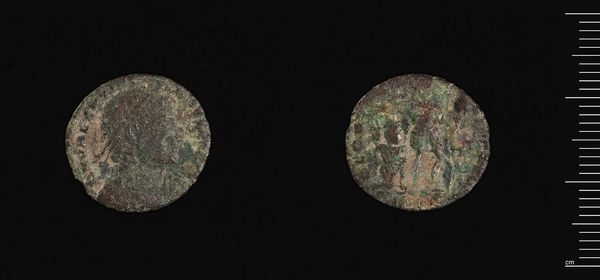
Dimensions: 6.92 g
Copyright: CC0 1.0
Curator: What a relic! Here we have a coin of Seleucus IV, of Syria, currently residing at the Harvard Art Museums. Editor: It looks incredibly worn, yet weighty somehow—an object that has passed through countless hands and transactions. Curator: Indeed, its materiality speaks volumes. This coin, made of bronze, reveals the social and economic structures of the Seleucid Empire. Think about the labour involved in its production, from mining the ore to the intricate process of minting. Editor: It's also a potent symbol of power. Who is represented on the coin, and what is being communicated about his reign? What kind of social status did Seleucus IV try to project through these objects? Curator: Absolutely, and we can read this small object as a form of propaganda. The deliberate image and inscription would have reinforced Seleucus’s authority throughout his kingdom. Editor: It is like an ancient form of social media. Examining its distribution could tell us so much about patterns of trade, cultural exchange, and political influence in the region. It’s fascinating to consider the multiple meanings imbued in this humble coin. Curator: Agreed. It is a reminder that even seemingly insignificant objects can offer profound insights into history.
Comments
No comments
Be the first to comment and join the conversation on the ultimate creative platform.
